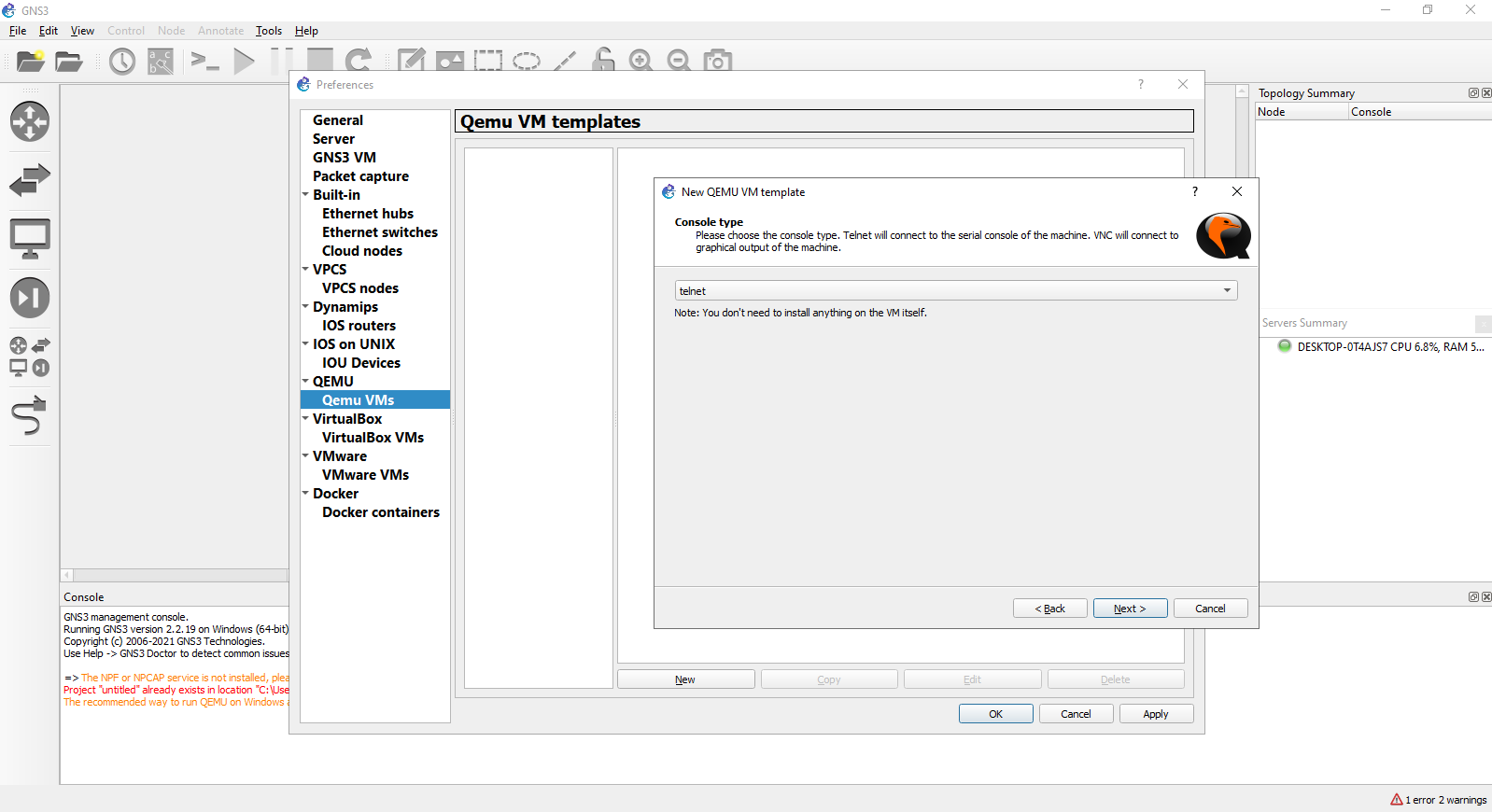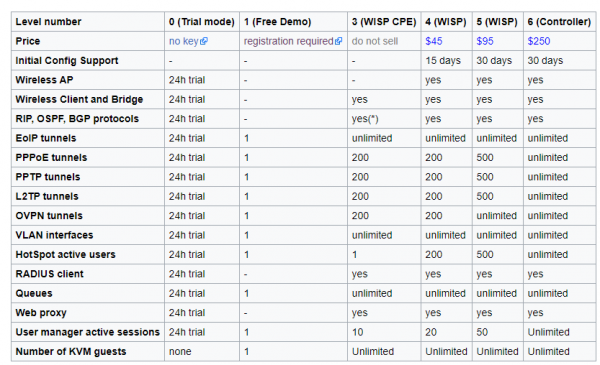

The default user is 'admin', without a password
Use the previously downloaded image file as a virtual disk drive. Download virtual disk image for your hypervisor. Note that they are only disk images, and you can't simply run them. We provide 4 different virtual disk images to choose from. Warning: We do not recommend using the E1000 network interface if better synthetic interface options are available on a specific Hypervisor! How to Install a virtual RouterOS system with CHR images Note: SCSI controller Hyper-V and ESX is usable just for secondary disks, system image must be used with IDE controller! Network: Virtio, E1000, vmxnet3 (optional). Network: Network adapter, Legacy Network adapter. Disk: IDE, VMware paravirtual SCSI, LSI Logic SAS, LSI Logic Parallel. Usable Network and Disk interfaces on various hypervisors: Warning: Hypervisors that provide paravirtualization are not supported. Hyper-V on Windows Server 2008r2, 2012 and Windows 10 (Only Generation 1 Hyper-V virtual machine is supported at the moment). 
CHR has been tested on the following platforms:

Note: We recommend allocating at least 1024MiB of RAM for CHR instances. You can get an approximate number by using the following formula: The minimum required RAM depends on interface count and CPU count.
Disk: 128MB disk space for the CHR virtual hard drive (Max: 16GB). Host CPU: 64-bit with virtualization support. Package version: RouterOS v6.34 or newer. CHR has full RouterOS features enabled by default but has a different licensing model than other RouterOS versions. It supports the x86 64-bit architecture and can be used on most of the popular hypervisors such as VMWare, Hyper-V, VirtualBox, KVM, and others. Cloud Hosted Router (CHR) is a RouterOS version intended for running as a virtual machine.







 0 kommentar(er)
0 kommentar(er)
